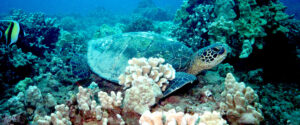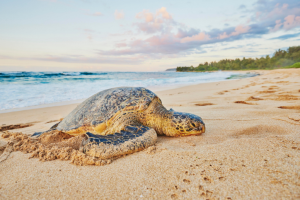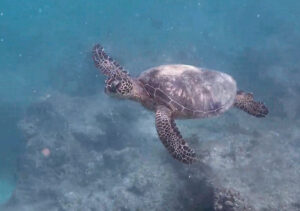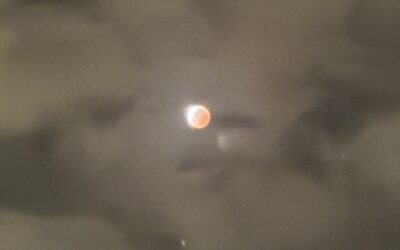 Kīhei’s beaches are a sanctuary for Hawaiian green sea turtles, or honu, during their nesting season, which runs through November. This period is crucial for their survival, as adult females return to lay eggs, and hatchlings embark on their journey to the ocean. While the honu population is increasing, they remain a federally protected species under the Endangered Species Act.
Kīhei’s beaches are a sanctuary for Hawaiian green sea turtles, or honu, during their nesting season, which runs through November. This period is crucial for their survival, as adult females return to lay eggs, and hatchlings embark on their journey to the ocean. While the honu population is increasing, they remain a federally protected species under the Endangered Species Act.

How You Can Help:
Observe from a Distance: If you spot a nesting turtle or a marked nest, maintain a distance of at least 10 feet. Avoid touching or disturbing hatchlings; their natural crawl prepares them for adulthood.
Avoid Driving on Beaches: Driving on beaches is illegal and can compact the sand, trapping hatchlings or damaging nests.
Turn Off Beach-Facing Lights: Artificial lights can disorient hatchlings, causing them to head in the wrong direction. If you live near the shore, turn off or shield lights visible from the beach during nesting season.
Use Red Lights at Night: If you must be on the beach after dark, use a flashlight with a red filter to minimize disruption.
No Beach Bonfires: Campfires are illegal on Hawaiʻi’s beaches and pose a serious threat to hatchlings.
Reporting and Volunteering:
To report injured, dead, or hatching turtles, call the NOAA Marine Wildlife Hotline at 888-256-9840. To report violations, such as illegal beach driving, call police at 911 or contact DLNR Enforcement at 808-643-3567. For more information on sea turtles and volunteering opportunities, visit https://dlnr.hawaii.gov/dar/species/sea-turtles/

By following these guidelines, you can help ensure that Kīhei’s honu continue to thrive for generations to come.

